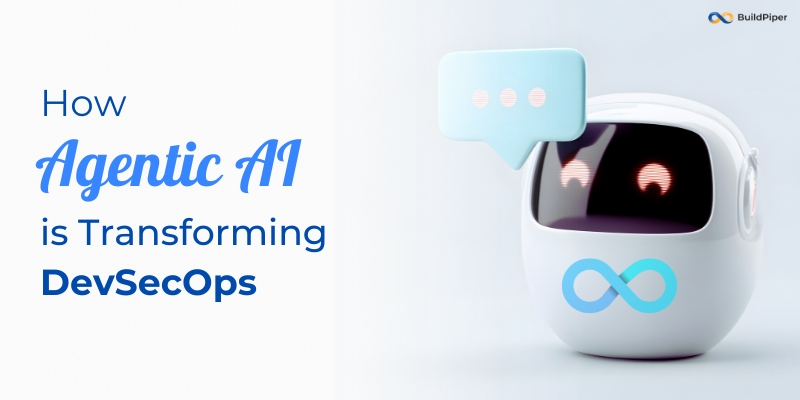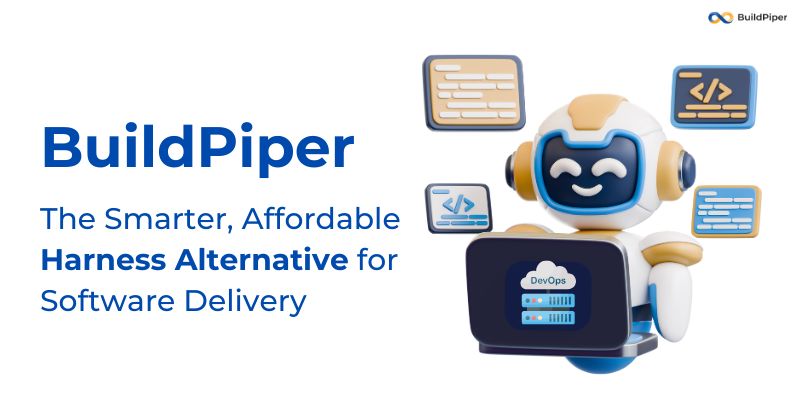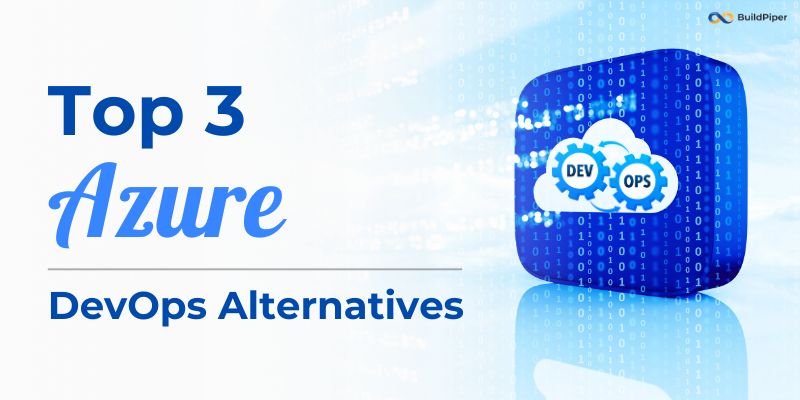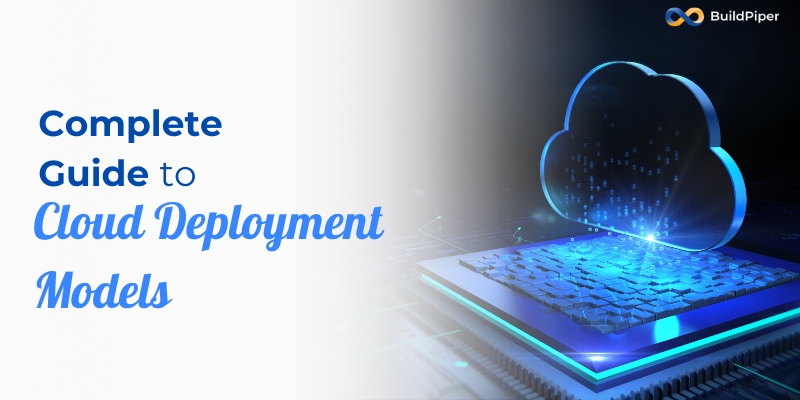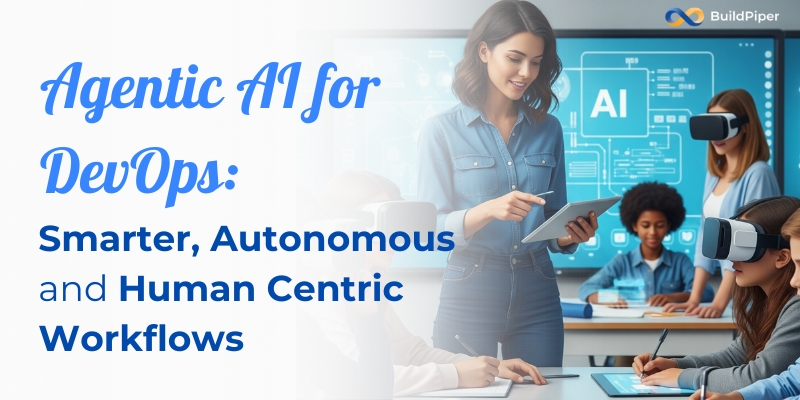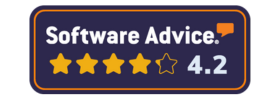For years, DevSecOps has promised a way to bake security directly into software delivery, not bolt it on at the end. Yet most teams still find themselves reacting to incidents, patching vulnerabilities after the fact, and struggling with security bottlenecks in CI/CD pipelines. That’s where Agentic AI in DevSecOps is starting to rewrite the playbook.
What this really means is that we’re shifting from human-driven monitoring and patching to AI-powered systems that anticipate, act, and adapt in real time. The payoff is faster delivery, reduced costs, and a competitive edge in secure software delivery.
Table of Contents
- From Static Checks to Dynamic Defense
- Why This Matters to Business Leaders
- Real-World Use Cases of Agentic AI in DevSecOps Pipelines
- AI for CI/CD Pipelines: Where the Transformation Begins
- The Role of AI Observability in DevSecOps
- From Proof-of-Concept to Business Impact
- What This Really Means for the Future
- Final Word
- Frequently Asked Questions
From Static Checks to Dynamic Defense
Traditional DevSecOps workflows rely heavily on static rules and predefined security checks. These tools catch known vulnerabilities, but they rarely detect emerging threats until it’s too late.
Agentic AI changes that dynamic. Unlike basic automation, these AI systems don’t just follow a script. They reason, learn from context, and make autonomous decisions. For example, instead of waiting for a vulnerability scanner to flag an issue, an AI agent embedded in the CI/CD pipeline can detect unusual patterns in code commits, flag risky dependencies, and even propose secure alternatives before the code is merged.
That’s proactive defense in action.
Why This Matters to Business Leaders
Here’s the thing: adopting AI-powered DevSecOps isn’t just a technical upgrade. It’s a business decision. Decision makers care about outcomes like faster releases, lower risk exposure, and reduced compliance costs.
When AI-driven security automation handles threat modeling, patch management, and compliance checks at scale, your teams spend less time firefighting and more time innovating. The result is a direct line between security investments and revenue impact: fewer breaches, less downtime, and faster customer trust.
Real-World Use Cases of Agentic AI in DevSecOps Pipelines
The shift from reactive to proactive isn’t hypothetical, it’s already happening.
| Use Case | How Agentic AI Helps | Business Outcome |
|---|---|---|
| Code Security in CI/CD Pipelines | AI scans code commits in real-time, identifies risky patterns, and recommends secure alternatives. | Faster deployments with fewer vulnerabilities. |
| Threat Detection | AI continuously monitors runtime environments, detects anomalies, and autonomously triggers mitigations. | Reduced incident response time and minimized breach impact. |
| Compliance Automation | AI cross-references code and infrastructure changes against compliance frameworks (GDPR, HIPAA, SOC2). | Automated audits and reduced compliance overhead. |
| AI Observability in DevSecOps | AI agents track pipeline behavior, tool usage, and security events, providing predictive insights. | Better visibility into risks and smarter resource allocation. |
| Vulnerability Remediation | AI agents automatically patch known vulnerabilities or suggest fixes to developers in real time. | Reduced MTTR (Mean Time to Remediate) and lower operational cost. |
AI for CI/CD Pipelines: Where the Transformation Begins
The CI/CD pipeline is the heart of modern software delivery and often the weakest link in security. Injecting AI for CI/CD pipelines changes that equation.
Imagine this flow:
- A developer pushes code.
- The AI agent scans it instantly, spots an insecure API call, and suggests a fix.
- Before the code moves forward, the agent cross-checks dependencies against live threat intelligence feeds.
- If a zero-day exploit is found in a library, the AI flags it and proposes a safe alternative.
That’s no longer reactive patching, it’s predictive security. And because the AI operates in real time, delivery speed isn’t compromised.
[ Also Read: How MCP Improves DevSecOps Compliance ]
The Role of AI Observability in DevSecOps
Observability is often talked about in performance terms, but with Agentic AI, it becomes a security advantage too. AI observability in DevSecOps means tracking not just metrics and logs but also the decisions AI agents are making.
For example:
- Why did the AI block a specific deployment?
- What signals led it to quarantine a container?
- How does it prioritize one risk over another?
Transparent AI observability ensures decision makers can trust the system, demonstrate compliance, and continuously improve the models. Without it, you’re left with a black box that executives won’t feel comfortable depending on.
From Proof-of-Concept to Business Impact
Adopting AI-powered DevSecOps doesn’t happen overnight. Many organizations start with pilots: embedding AI in vulnerability scanning or compliance reporting. But the ones seeing outsized gains move quickly to scale, deploying AI agents across the entire pipeline.
The biggest hurdle is alignment. Security, development, and operations teams need to trust the AI’s decisions. That’s why early wins in AI-driven security automation matter: they build credibility, free up human bandwidth, and create measurable ROI.
What This Really Means for the Future
The companies leading the way are already showing the pattern:
- Fewer reactive patches, more proactive defense
- Lower compliance costs through AI-driven audits
- Shorter release cycles without security trade-offs
- Higher customer trust through demonstrable security practices
For decision makers, the question isn’t whether AI belongs in DevSecOps. The real question is how fast you can move from experiments to enterprise-wide adoption before competitors do.
Final Word
Agentic AI in DevSecOps isn’t about replacing engineers. It’s about giving teams superpowers (continuous vigilance, real-time insights, and the ability to defend before threats even materialize).
As AI-powered DevSecOps becomes the standard, the organizations that thrive will be those that embrace secure software delivery as a business growth driver, not just a compliance checkbox.
The bottom line: move from reactive security to proactive defense, and let AI be the agent that gets you there.

